Optimal Timing for Stucco Removal
Stucco removal is a process that involves stripping away existing exterior coatings to prepare for new finishes or repairs. Timing is crucial to ensure safety, efficiency, and quality results. The optimal period for stucco removal typically depends on weather conditions, temperature, and humidity levels.
Perform stucco removal during periods of dry weather with low humidity to prevent moisture-related issues and ensure proper adhesion of new finishes.
Ideal temperatures for stucco removal are generally between 50°F and 85°F. Extreme cold can cause cracking, while excessive heat may lead to rapid drying and surface damage.
Spring and fall are often preferred seasons due to moderate temperatures and lower chances of rain, reducing delays and complications.
Removing stucco during winter or peak summer heat is discouraged because freezing temperatures can cause surface damage, and high heat can lead to rapid drying and cracking.
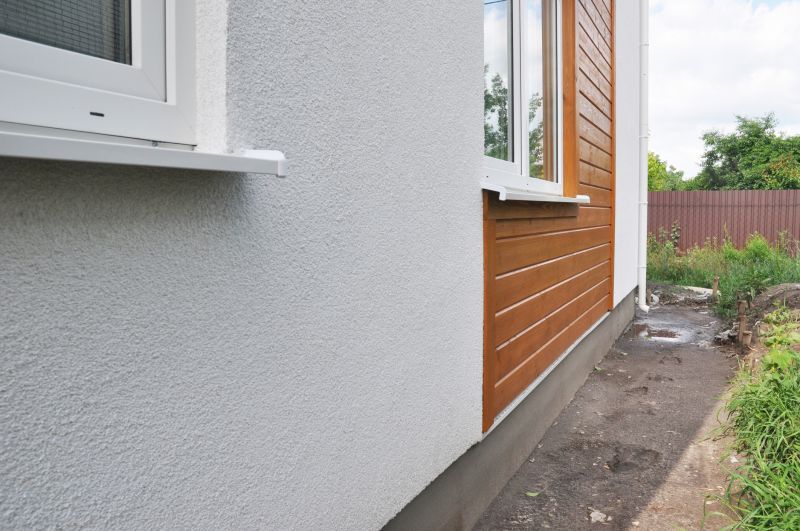
Spring offers moderate temperatures ideal for stucco removal, minimizing weather-related disruptions.
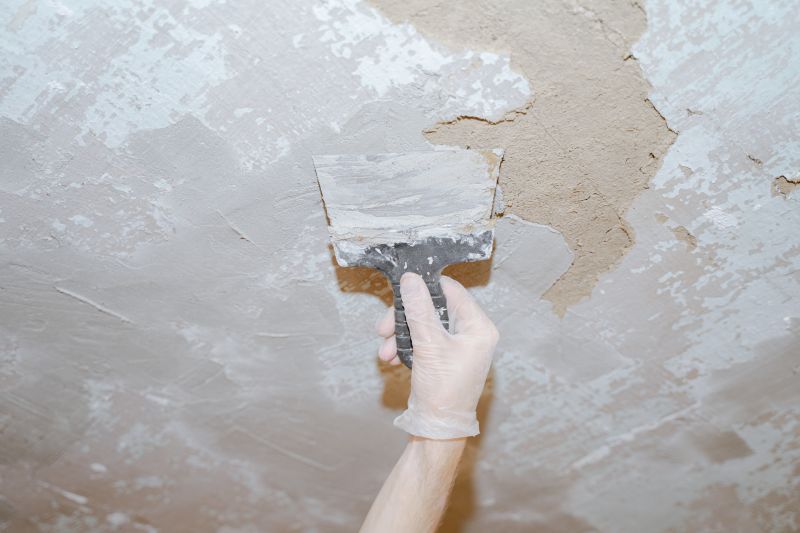
Summer can be suitable if weather conditions are mild, but high temperatures require careful planning.
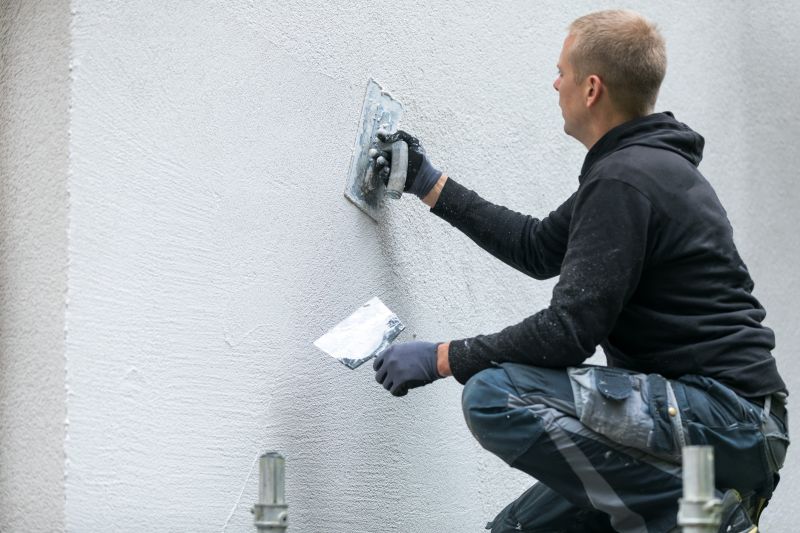
Fall provides cooler, stable weather conditions, making it a popular choice for exterior stucco work.

Ways to make Stucco Removals work in tight or awkward layouts.
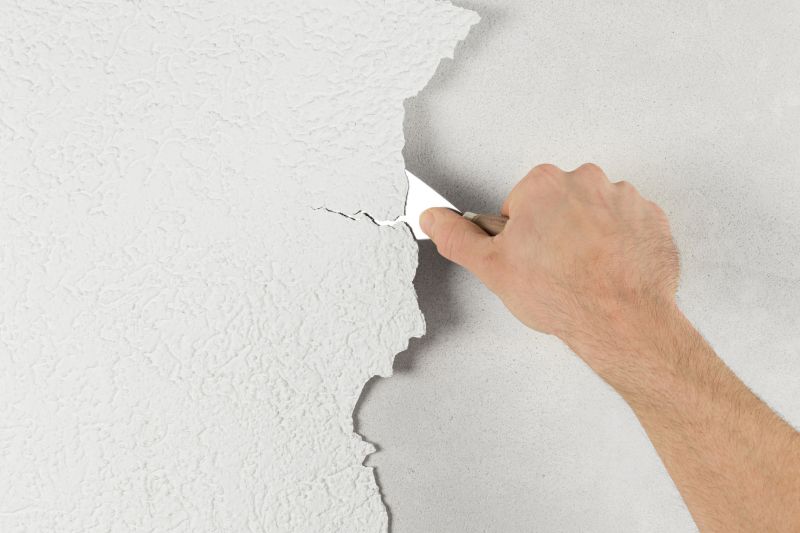
Popular materials for Stucco Removals and why they hold up over time.
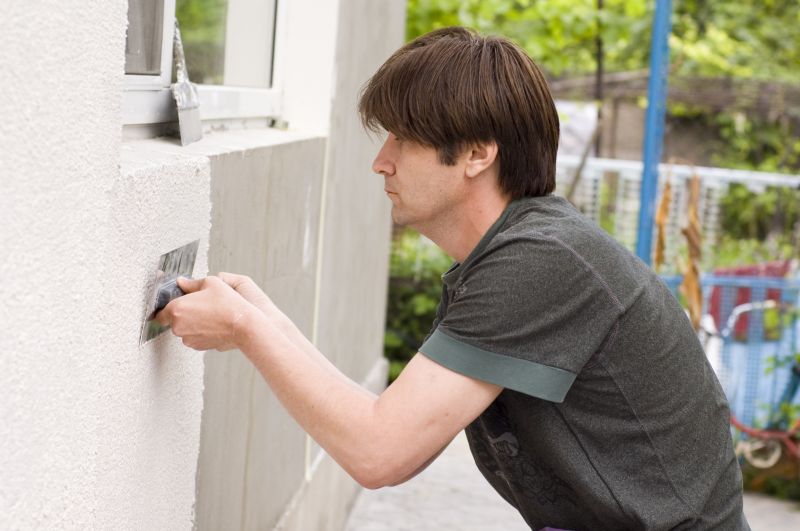
Simple add-ons that improve Stucco Removals without blowing the budget.
Stucco removal involves carefully stripping away the existing exterior coating to prepare for new application or repairs. This process is essential for addressing damage, preventing further deterioration, and updating building aesthetics. Proper timing ensures that the removal is completed efficiently and that the underlying structure remains intact. Statistics indicate that improper timing can lead to increased repair costs and reduced lifespan of the new stucco layer.
Optimal timing also reduces the risk of moisture infiltration, which can cause mold growth and structural damage. According to industry reports, scheduling stucco removal during favorable weather conditions can decrease project duration by up to 20% and minimize rework caused by weather-related issues.
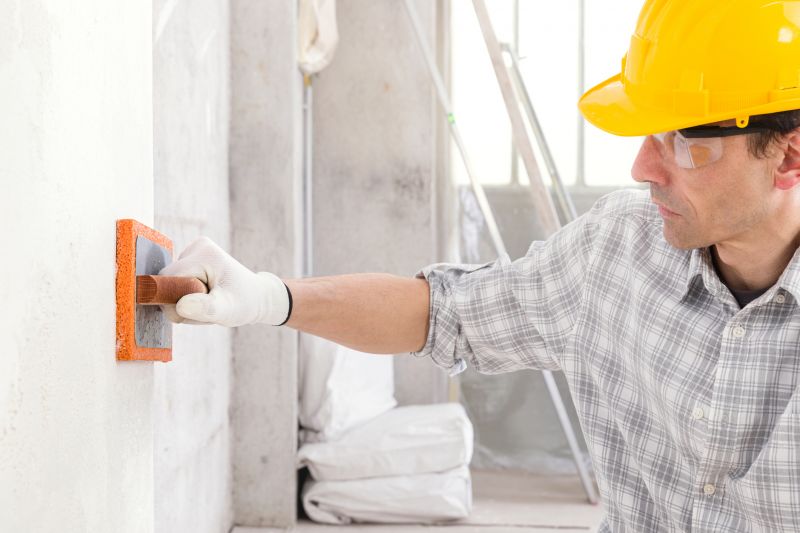
Proper timing ensures a safer and more efficient removal process, reducing potential damage to the building structure.
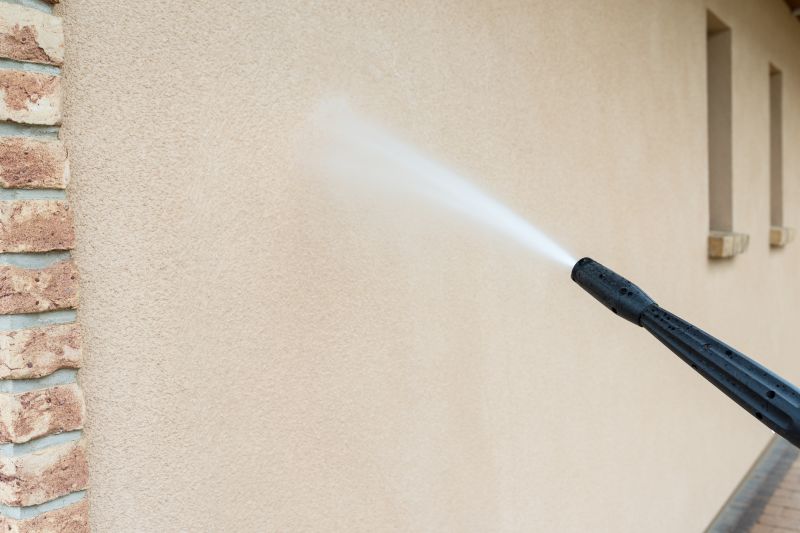
Weather fluctuations can significantly affect the quality and safety of stucco removal projects.
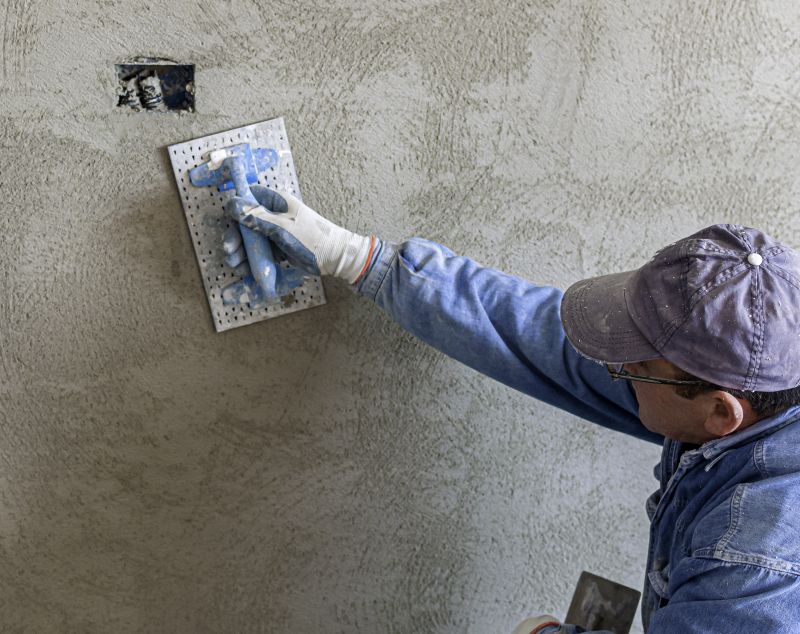
Timing allows for adequate preparation, including weather monitoring and scheduling to avoid delays.
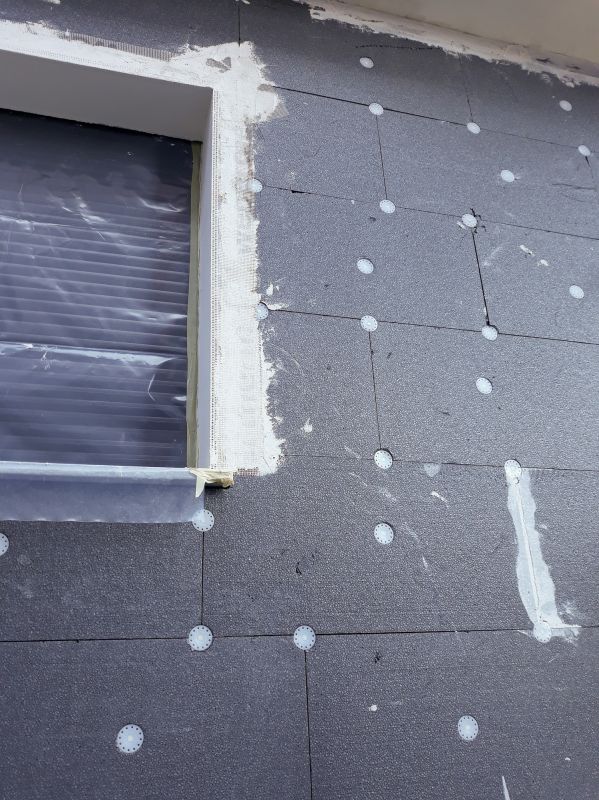
Conducting inspections during optimal weather conditions helps ensure the integrity of the underlying structure.
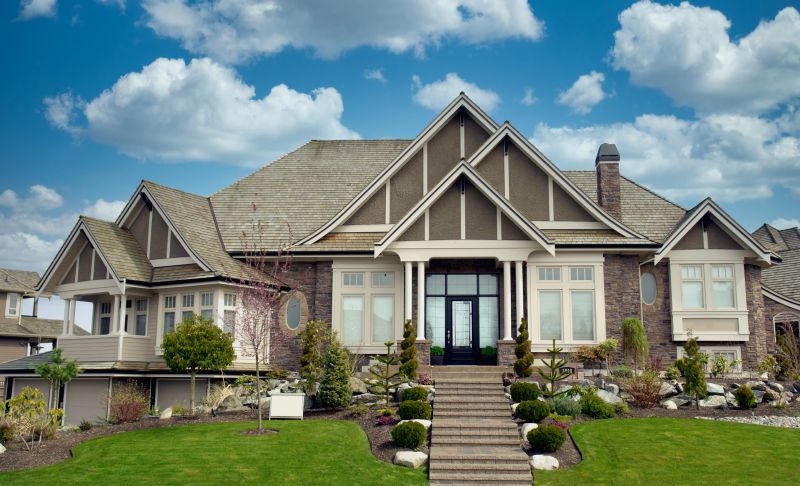
High-end options that actually feel worth it for Stucco Removals.
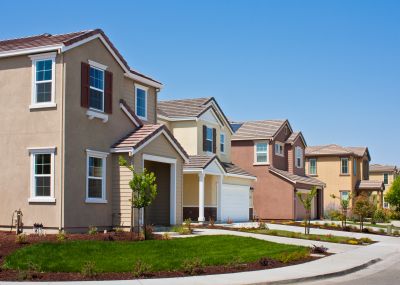
Finishes and colors that play nicely with Stucco Removals.
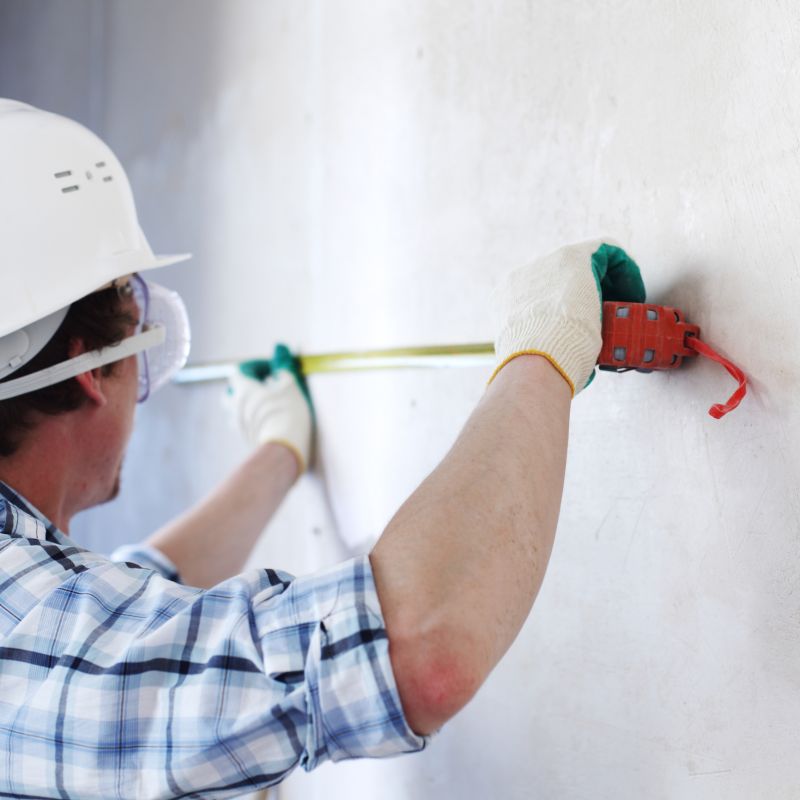
Little measurements that prevent headaches on Stucco Removals day.
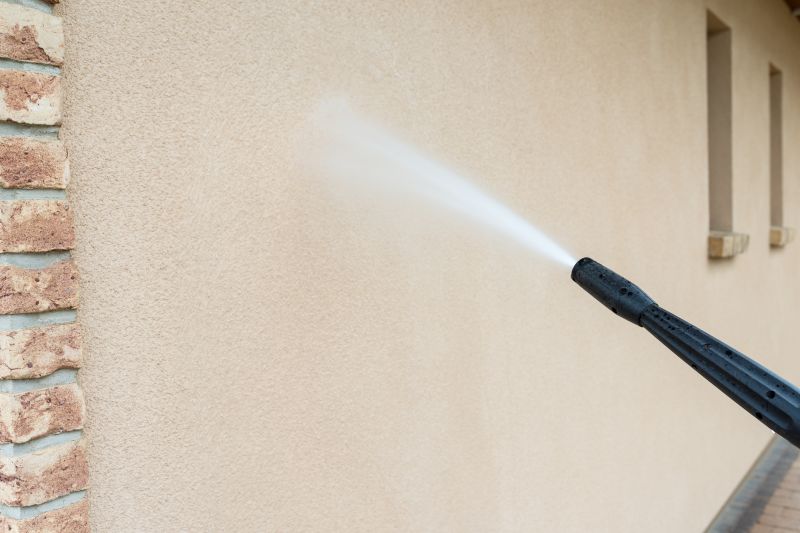
A 60-second routine that keeps Stucco Removals looking new.
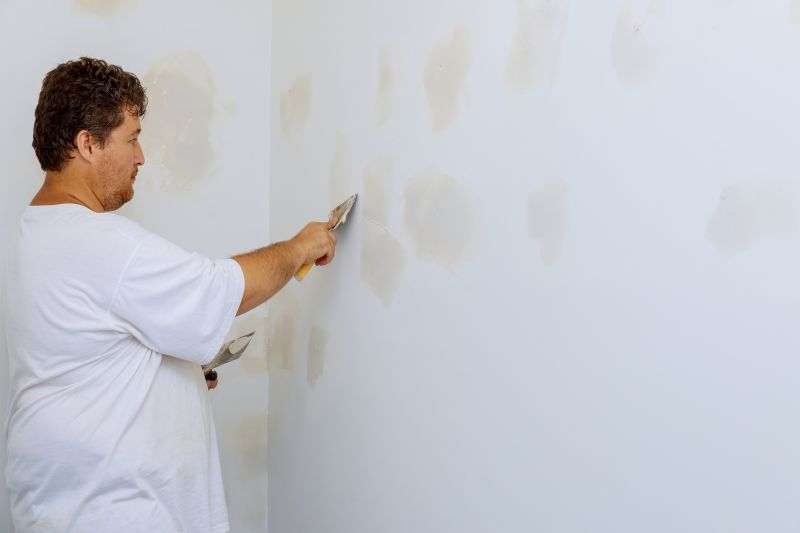
A frequent mistake in Stucco Removals and how to dodge it.
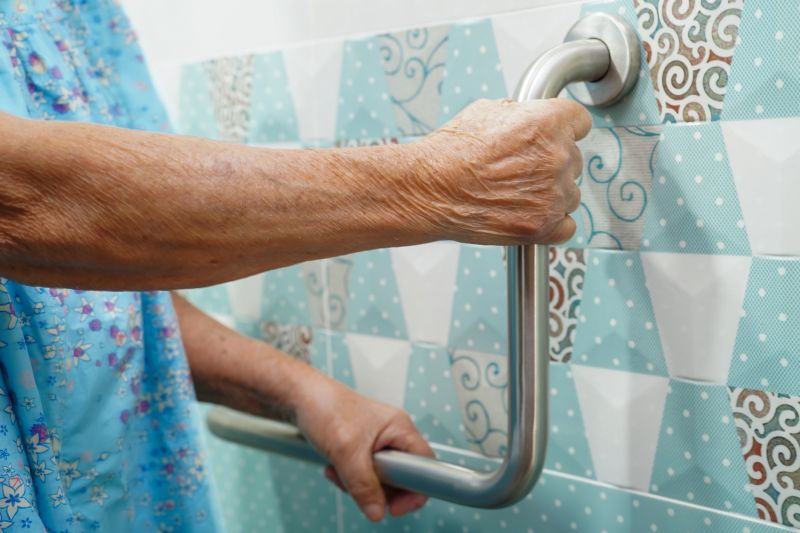
Small tweaks to make Stucco Removals safer and easier to use.
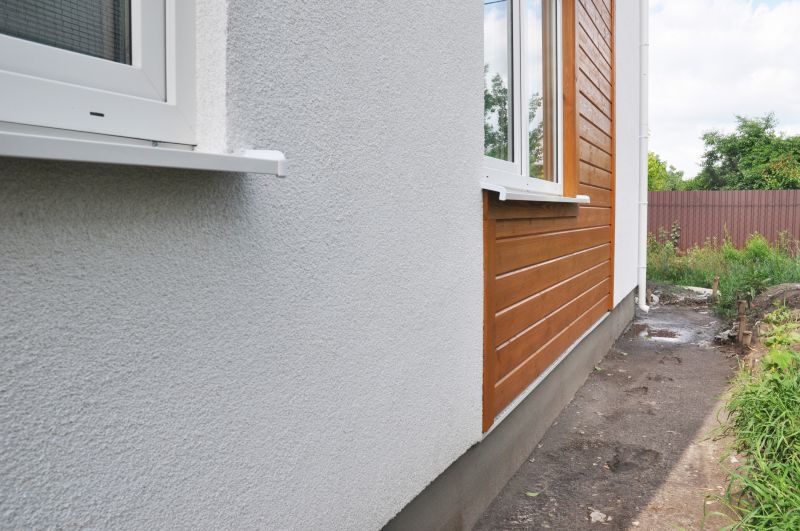
Lower-waste or water-saving choices for Stucco Removals.

The short, realistic tool list for quality Stucco Removals.
| Season | Ideal Conditions |
|---|---|
| Spring | Moderate temperatures, dry weather, low humidity |
| Summer | Warm temperatures, avoid peak heat hours |
| Fall | Cooler temperatures, dry conditions |
| Winter | Not recommended due to freezing temperatures |
| Late Spring/Early Fall | Optimal transition periods |
